Several years ago, on a trip to Paris, I purchased a book titled Guide des 400 Jardins Publics de Paris. I still haven’t visited all of them but I have to say that there are probably more parks in Paris than in any other large city in the world. Some are tiny; some are huge; but, they are everywhere.
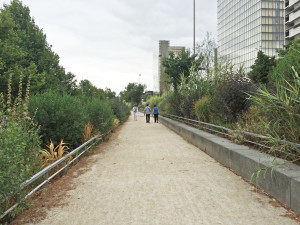
Alleé Arthur Rimbaud is planted alternative to walking along Quai François Mauriac: Arundo donax ‘Variegata’, Vitex
Walking to the Bibliothèque Nationale de France (National Library) for an Edith Piaf exhibit, we were spared from having to use the sidewalk beside the Quai François Mauriac which is like a very busy inner belt. Between the street and the Seine is a walkway called the Alleé Arthur Rimbaud. This path is composed of very fine gravel and bordered with raised beds of Arundo donax ‘Variegata’, Vitex, and many other shrubs. You can hear the traffic but you can’t really see it.
Flowers abound in the parks but also in the architecture. When we were in the Museé d’Orsay, a converted railroad station that is now the repository of French impressionist art, we marveled at the rosettes in the arched bays that support the glass awning.
In the Art Nouveau section, there were beautiful stained glass panels flanking a door to a room full of Art Nouveau furniture. Everywhere I looked, I saw patterns and I kept wondering how I could use them in my designs.
Van Gogh’s painting, Chaumes de Cordeville à Auvers-sur-Oise, although mostly shades of green, made me think about how many shades and textures of green there are. This is particularly useful information when thinking about designing a shade garden.
I had never heard of Maximilien Luce or his painting La Seine à Herblay but I loved his colors. He was a pointillist as was Georges Seurat whose Sunday in the Park is quite well known. I couldn’t decide whether this was a natural landscape or one that had been designed. It seems to me that a natural landscape would have had the colors intertwined. Instead, there are large swaths of color.
We also found time to go an exhibit about stained glass at the Palais de Chaillot. I’ve always loved stained glass but I learned how developments in stained glass technology have changed the art and saw several examples of stained glass made after 1945. Detailed sketches of tulip windows, certainly not a traditional motif, for the Eglise (Church) Saint-Sulpice de Varennes-Jarcy by Carole Benzaken pleased me greatly. I like to think that flowers bring pleasure and peace to everyone.
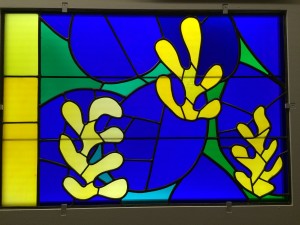
Small piece of Matisse design for windows at Chapelle du Rosaire (Couvent des Dominicaines) in Vence
After WWII, every window in the Nevers Cathedral had to be replaced. There was a beautiful slide show of the windows that were created. The windows were photographed by André Morin and Jean-Michel Alberola, one of the designers. All of these windows are composed of colorful abstract shapes. Another part of the exhibit featured windows designed by Henri Matisse for the Chapelle du Rosaire (Couvent des Dominicaines) in Vence. These designs were similar to cutouts that he created later in his life after he was confined to a wheelchair. There is something very playful about these designs; they make me want to dance.
My favorite park in Paris is the Jardin du Luxembourg. It is surrounded by large wrought iron fences that are topped with gilded fleur-de-lis. Although literally the French word “jardin” means garden, the French use it in the large sense of a public landscape and it is meant to be used and enjoyed, not just looked at.
In fact, there are large areas of lawn and the public is encouraged with signs to sit on it. We walked through the park a number of times in the five days we were in Paris. It was always full of people but especially on Sunday when huge groups, some family, some just friends, spread out with picnics.
The park is full of allees for both structure and shade. Beside the allees are graveled areas, relatively empty that have ping pong tables and space for boules (the French equivalent of bocce). One of the great features for children is the Grand Basil, a pond on which they can sail rented boats.
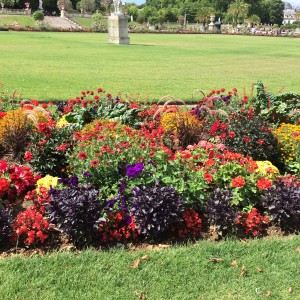
Border beds: Begonia, Pelargonium, Opal Basil, Gaillardia, Pennisetum rubrum, chard, Tagetes, Petunia
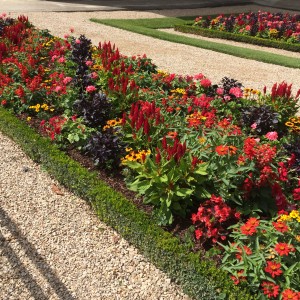
Formal beds in front of the Sénat; looks like diagonal design from this vantage point; Celosia, Salvia, Begonia, Zinnia, Opal Basil, dwarf Rudbeckia, Petunia
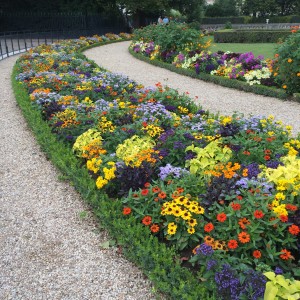
Formal beds behind the Sénat; tapestry design with diagonals; Dwarf Rudbeckia, Opal Basil, Zinnia, Ageratum, Heliotrope, Coleus
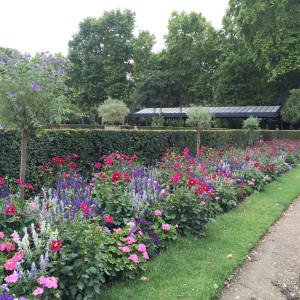
Formal beds outside the Orangerie; tapestry design; Dahlia, Salvia farinacea, Zinnia, Heliotrope, Pelargonium
The allure for me is the plantings. There are several border beds, full of annuals, herbs, and vegetables arranged in tapestry design (repeated patterns that look different depending upon the angle from which they are viewed). In addition to being colorful, leaf textures and blossom forms are contrasted with each other in these combinations that change every year. For those of us who prefer less work, these combinations can still be used as palettes for our perennial designs. As you can see, inspiration can be anywhere.


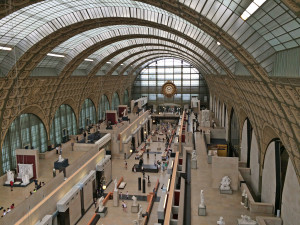
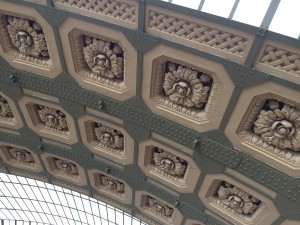
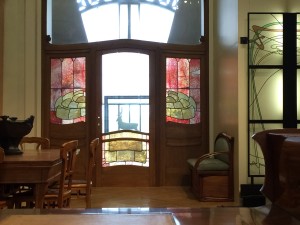
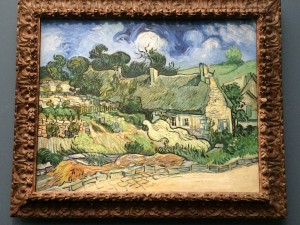
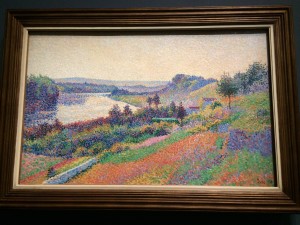
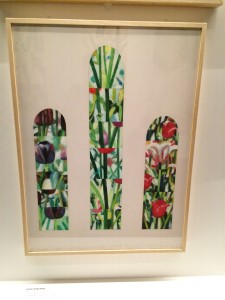
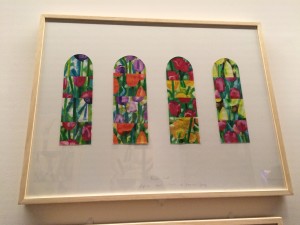
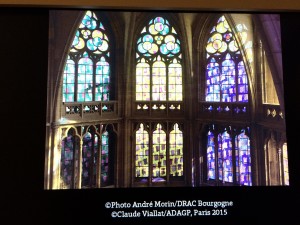
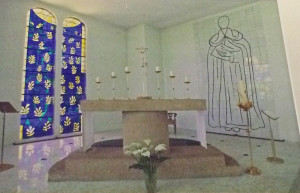

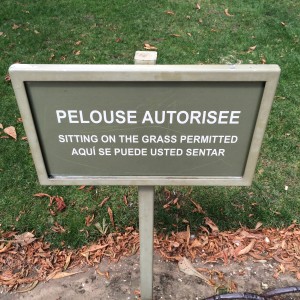
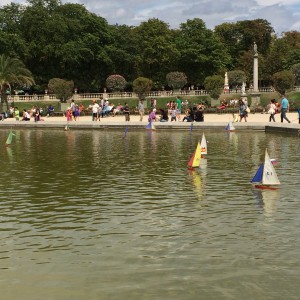
1 Comment